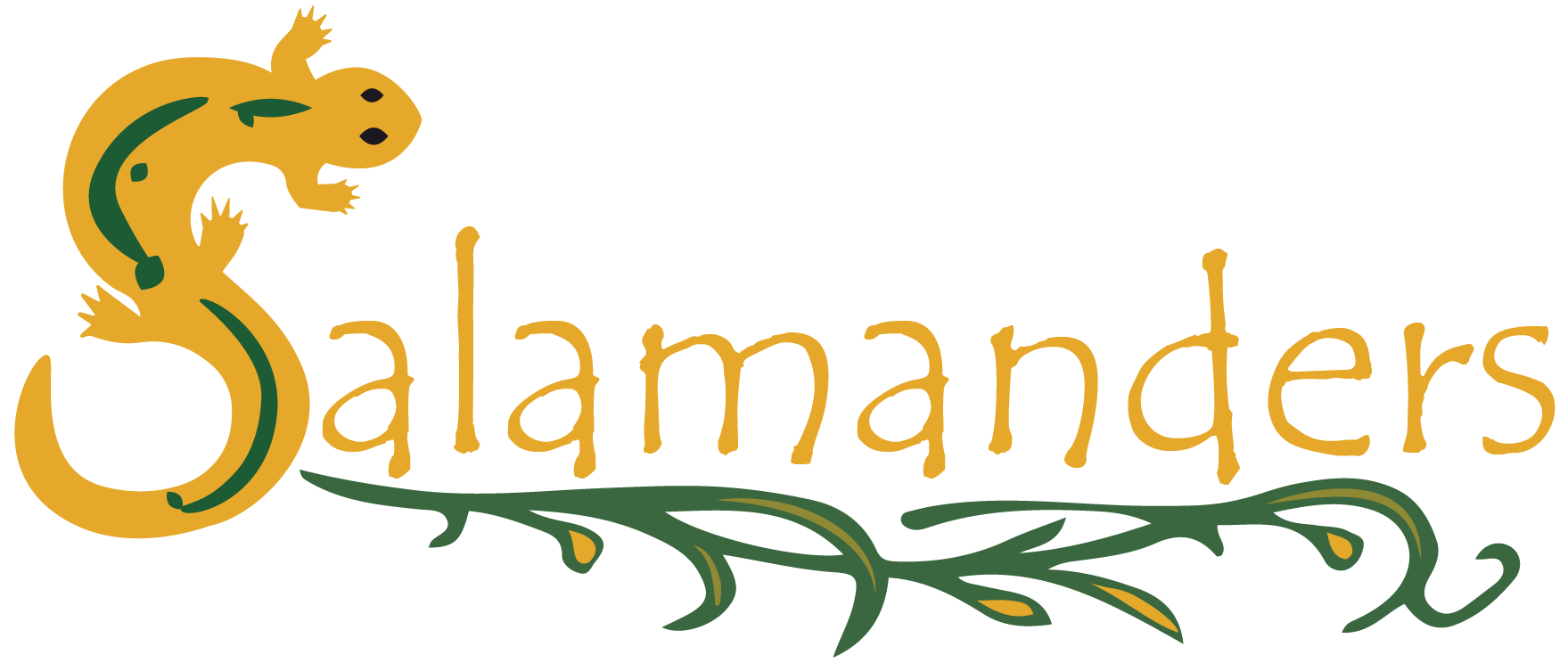St. Patrick’s Day, Part Two
Seeing as tomorrow is St. Patrick’s Day, we thought you might like some fun facts about the day.
We could be wearing blue instead of green.
His colour was “Saint Patrick’s blue,” which was a pale shade. Green began being associated with St. Patrick because he used the shamrock to explain the Trinity to pagans. Its popularity was bolstered by the Irish independence movement in the late 18th century.
St. Patrick’s Day parades did not originate in Ireland.
The first St. Patrick’s Day parade was in Boston, Mass on March 18, 1737, followed by the New York parade, which first took place in 1762. The first parade in Ireland was in Dublin in 1931.
We’re celebrating his death.
March 17 is the day St. Patrick died, rather than the day he was born.
St. Patrick did not drive all the snakes from Ireland.
Although he is widely believed to have done so, according to fossil records there never were any snakes on the island. The climate is too inhospitable for the cold-blooded reptiles. The “snakes” driven out are believed to have been the Pagan priests, with whom the Catholic priest (obviously) had issues.
Drinking is fairly new!
For most of the 20th century, St. Patrick’s Day was a religious holiday in Ireland, which meant that all the pubs were closed for the day. It wasn’t until 1970 that it was declared a national holiday and the pubs opened once more. (And there was much rejoicing)
Let the Guinness flow…
It is estimated that approximately 5.5 million pints of Guinness are served around the world on any given day. On March 17, that number escalates to roughly 13 million!
and last, but certainly not least…
St. Patrick was not Irish!
Although he is known for bringing Christianity to Ireland in 432, he was born in Roman Britain and taken to Ireland as a slave as a teenager. According to Irish legend, St. Patrick’s birth name was Maewyn Succat, but he changed his name to Patricius after becoming a priest.
